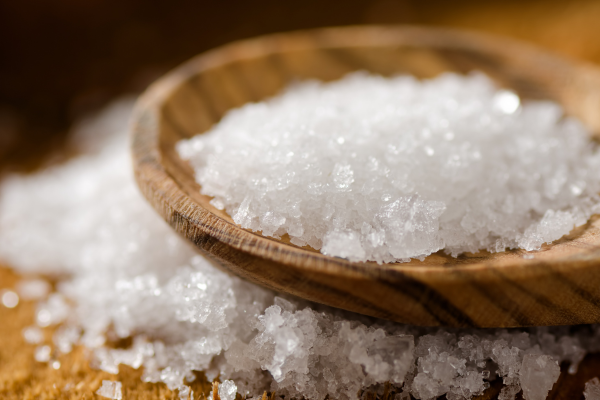The Essence of Sea Salt: A Deep Dive into a Culinary Staple
In the culinary world, few ingredients are as universally revered as sea salt. More than just a seasoning, sea salt is a crucial component that enhances the flavors of countless dishes. Its unique characteristics, versatile applications, and rich history make it an indispensable ingredient in kitchens around the globe. This blog post explores sea salt from various angles, including its production, types, culinary uses, health benefits, and a delicious recipe to showcase its versatility.
The Origins and Production of Sea Salt
For thousands of years, people have harvested sea salt, tracing its origins back to ancient civilizations. Unlike table salt, which miners extract from underground salt deposits, producers obtain sea salt by evaporating seawater. They begin by channeling seawater into shallow pools, allowing the sun and wind to evaporate the water. As evaporation occurs, salt crystals form, and workers collect them.
Sea salt production varies by location and method. In regions like Brittany, France, harvesters practice the traditional method of hand-harvesting salt, known as “fleur de sel.” They carefully skim the salt from the water’s surface, creating delicate, flaky crystals prized for their subtle flavor and texture. In the Mediterranean, producers create coarse, mineral-rich sea salts, commonly used in cooking and as finishing salts.
Types of Sea Salt and Their Unique Qualities
Sea salt comes in various types, each with distinct characteristics and culinary applications. The minerals in the salt, along with specific harvesting and processing methods, create differences in flavor, texture, and color.
Some of the most popular types of sea salt include:
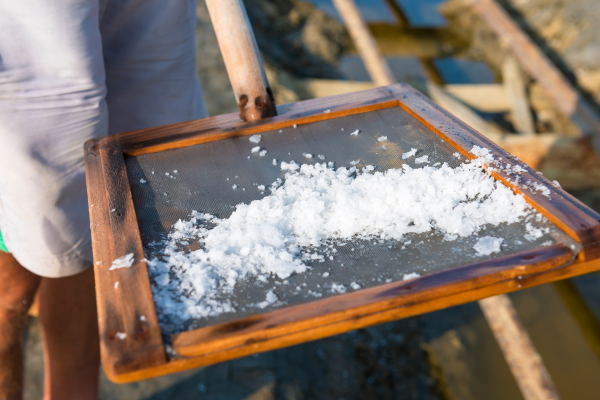
Fleur de Sel: Often referred to as the “caviar of salts,” fleur de sel is a delicate, hand-harvested salt with a light, flaky texture. Its subtle, briny flavor makes it an excellent finishing salt, perfect for sprinkling over dishes just before serving.
Sel Gris (Gray Salt): This coarse, gray salt is harvested from the clay-lined salt pans in the Guerande region of France. The clay imparts a distinctive gray hue and a moist, mineral-rich quality. Sel gris is often used in cooking due to its robust flavor and ability to dissolve easily in dishes.
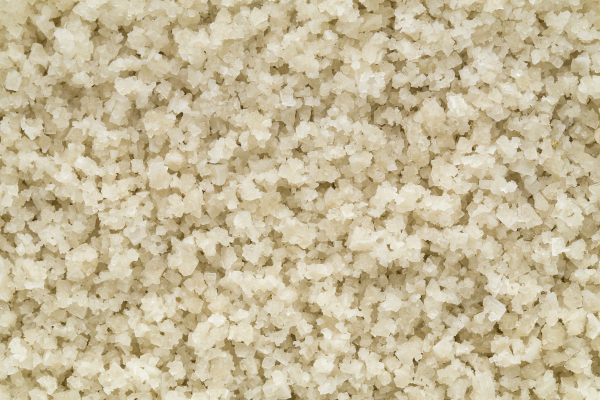
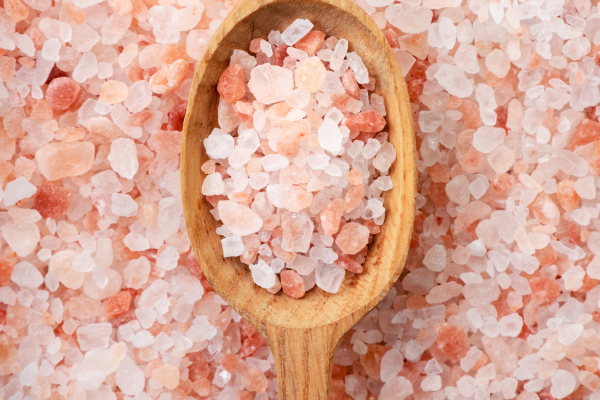
Himalayan Pink Salt: Though technically a rock salt, Himalayan pink salt is often classified as sea salt due to its similar mineral composition. This salt is mined from ancient sea beds in the Himalayas and is known for its pink hue, which comes from iron oxide. It is commonly used in cooking, finishing, and even in salt lamps for its purported health benefits.
Hawaiian Alaea Salt: This unique salt is mixed with red volcanic clay, known as alaea, which gives it a distinctive red color. Alaea salt is rich in iron oxide and has a slightly earthy flavor. It is traditionally used in Hawaiian cuisine, especially in dishes like poke and kalua pork.
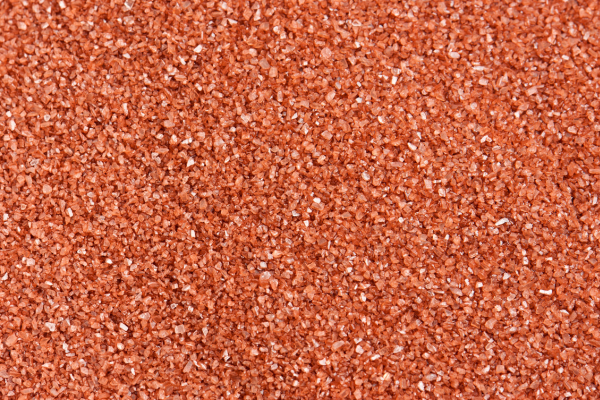
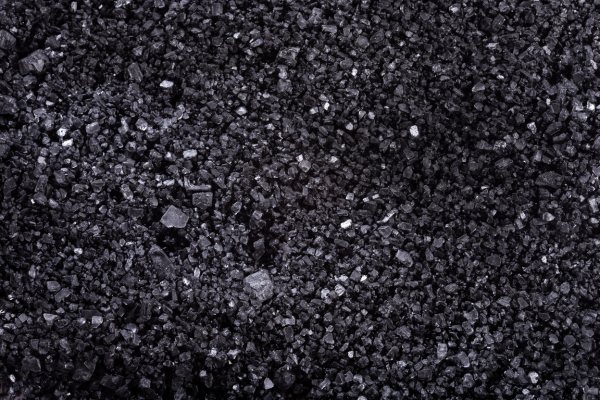
Black Lava Salt: Another Hawaiian variety, black lava salt, is infused with activated charcoal, giving it a striking black color and a subtle, smoky flavor. It is often used as a finishing salt to add visual contrast and a touch of smokiness to dishes.
Culinary Uses and Applications
Sea salt’s versatility makes it a staple in both professional and home kitchens. Its varied textures and flavors allow for diverse culinary applications, from enhancing the taste of savory dishes to adding a unique twist to desserts. Some common uses of sea salt include:
Seasoning and Flavoring: Sea salt is an excellent seasoning for meats, vegetables, and seafood. Its larger crystals and more complex flavor profile compared to table salt allow chefs to control the seasoning level more precisely.
Baking: In baking, sea salt can be used to balance sweetness and enhance the flavors of baked goods. It is particularly popular in salted caramel recipes and chocolate desserts, where its crunchy texture and briny taste create a delightful contrast.
Finishing: As a finishing salt, sea salt is sprinkled over dishes just before serving to add a burst of flavor and texture. Its crystals can provide a satisfying crunch and visual appeal, making it ideal for salads, grilled meats, and even cocktails.
Pickling and Preserving: The mineral content in sea salt makes it an excellent choice for pickling and preserving foods. Its natural antibacterial properties help in the fermentation process, resulting in flavorful and crisp pickles.
Health Benefits and Considerations
Beyond its culinary applications, sea salt is often praised for its health benefits. Unlike refined table salt, which is stripped of minerals during processing, sea salt retains a variety of essential minerals such as magnesium, calcium, potassium, and iron. These minerals can contribute to overall health, supporting functions like hydration, muscle function, and bone health.
However, it is essential to use sea salt in moderation, as excessive salt intake can lead to health issues such as high blood pressure and heart disease. While sea salt may contain trace minerals, it is not a significant source of these nutrients, and a balanced diet should provide adequate amounts. Additionally, some sea salts may contain microplastics due to ocean pollution, a concern that underscores the importance of choosing high-quality, responsibly sourced products.

A Delicious Recipe: Sea Salt Chocolate Chip Cookies
To showcase the versatility and flavor-enhancing qualities of sea salt, here’s a classic recipe for Sea Salt Chocolate Chip Cookies. The addition of sea salt brings out the sweetness of the chocolate and adds a delightful crunch.
Ingredients:
- 1 cup unsalted butter, softened
- 1 cup granulated sugar
- 1 cup packed brown sugar
- 2 large eggs
- 2 teaspoons vanilla extract
- 3 cups all-purpose flour
- 1 teaspoon baking soda
- 1/2 teaspoon baking powder
- 1 teaspoon fine sea salt
- 2 cups semisweet chocolate chips
- Flaky sea salt (such as fleur de sel or Maldon) for sprinkling
Instructions:
Preheat your oven to 350°F (175°C) and line a baking sheet with parchment paper.
In a large bowl, cream together the butter, granulated sugar, and brown sugar until smooth and creamy. Add the eggs one at a time, beating well after each addition. Stir in the vanilla extract.
In a separate bowl, whisk together the flour, baking soda, baking powder, and fine sea salt. Gradually add the dry ingredients to the wet ingredients, mixing until just combined. Fold in the chocolate chips.
Drop spoonfuls of dough onto the prepared baking sheet, leaving space between each cookie. Lightly sprinkle the tops with flaky sea salt.
Bake in the preheated oven for 10-12 minutes, or until the edges are golden and the centers are just set. Allow the cookies to cool on the baking sheet for a few minutes before transferring them to a wire rack to cool completely.
Enjoy these cookies with a cold glass of milk or a hot cup of coffee!
Conclusion
Sea salt is much more than a simple seasoning; it is a culinary staple with a rich history, diverse varieties, and numerous applications. Its unique flavors and textures can elevate dishes, making them more vibrant and complex. As a natural product, sea salt also offers potential health benefits, though it should be consumed in moderation. Whether you’re a professional chef or a home cook, understanding the different types of sea salt and their uses can enhance your culinary creations and deepen your appreciation for this essential ingredient.
